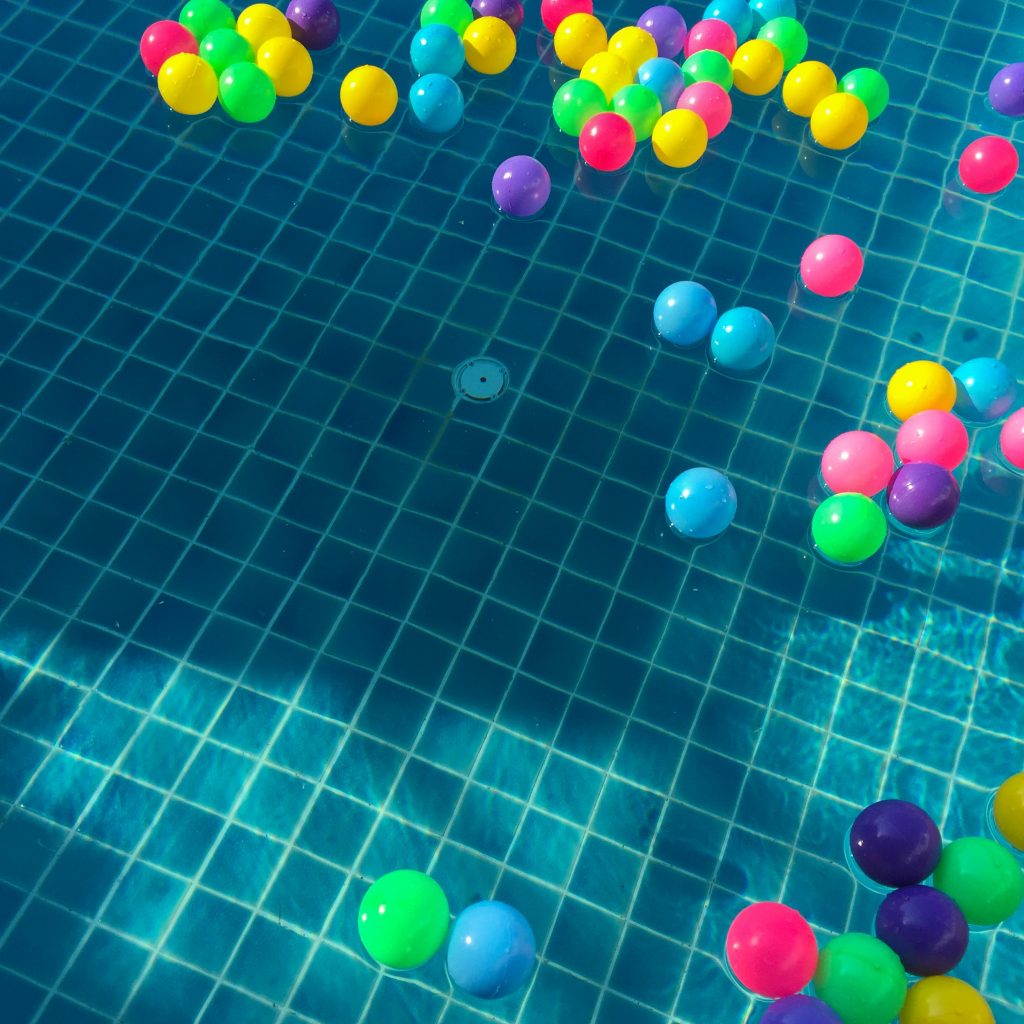Computer-animated movies of chemical reactions
Gábor Czakó
Computational Reaction Dynamics Research Group, Department of Physical Chemistry and Materials Science, Institute of Chemistry, University of Szeged, Rerrich Béla tér 1, Szeged H-6720, Hungary
Chemists have traditionally been working with testtubes and flasks in laboratories. However, in the 21st century a new “experimental tool”, the computer plays an important role in chemistry. Theoretical chemists can use the laws of physics to compute the properties of atoms, molecules, and chemical reactions. The problem is that these physical laws provide very complicated mathematical equations, which cannot be solved using pens and papers. Fortunately, there are techniques, which give solutions for these equations via billions of mathematical operations like additions and multiplications.
Such a large number of operations cannot be done by hand; nevertheless, computers can perform these calculations. We use computers to follow chemical reactions step by step, thereby making movies about reactions, which help to uncover new reaction pathways. In a chemical reaction atoms and molecules collide like the balls on a billiard table. However, in the atomic world the surface of the table is not flat, but has hills and valleys. The shape of the surface is determined by the motion and energy of the electrons of the atoms and molecules. Therefore, first we compute many electronic energies using modern computer codes, which may take thousands of CPU hours. These electronic energies provide points of the surface, which can be represented by a mathematical function. One of the key steps of our research is that we can describe these surfaces with an analytical function. Now we can roll the atoms on this rugged surface and we can watch how they move. The atoms may stay long time in a valley, but if we give enough energy they may climb hills as well and visit multiple valleys. The pathways of the atoms on the surface are called reaction pathways, the hills are the reactions barriers, and the reactants and products correspond to different valleys.
Using this “rolling-the-ball” technique we found several interesting paths for fundamental chemical reactions. For example, there is a textbook pathway for the so-called SN2 reaction, which is a major topic at every organic chemistry class at universities, however, in 2015 our computer simulations revealed a new pathway, which goes through different valleys and hills than the traditional path. We have also studied how the shape of the hills affects the reactivity and we have investigated the role of the collision speed of the balls (atoms) as well.
In the modern laboratories reactions can also be followed experimentally, however, these experiments can just detect the atoms and molecules in the valleys. Therefore, our computer simulations are essential to uncover the full picture about the pathways of chemical reactions. In the present days we arrived to a stage when computers can predict and even control the outcome of reactions and in some cases computations uncover problems with experiments. Therefore, in the 21st century computers are not just used to play games and follow bank transfers, but computer programs also became useful tools in chemistry.


